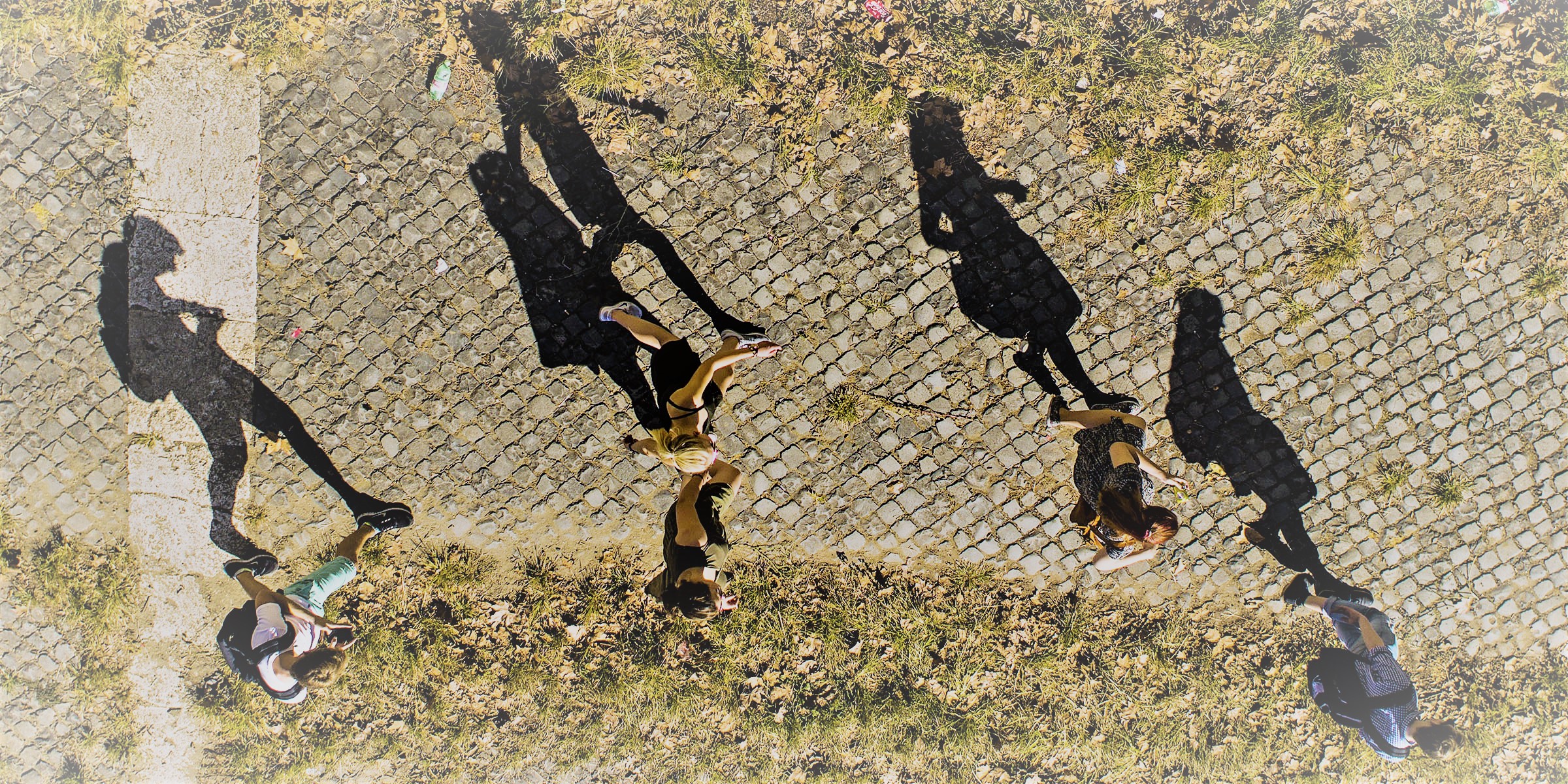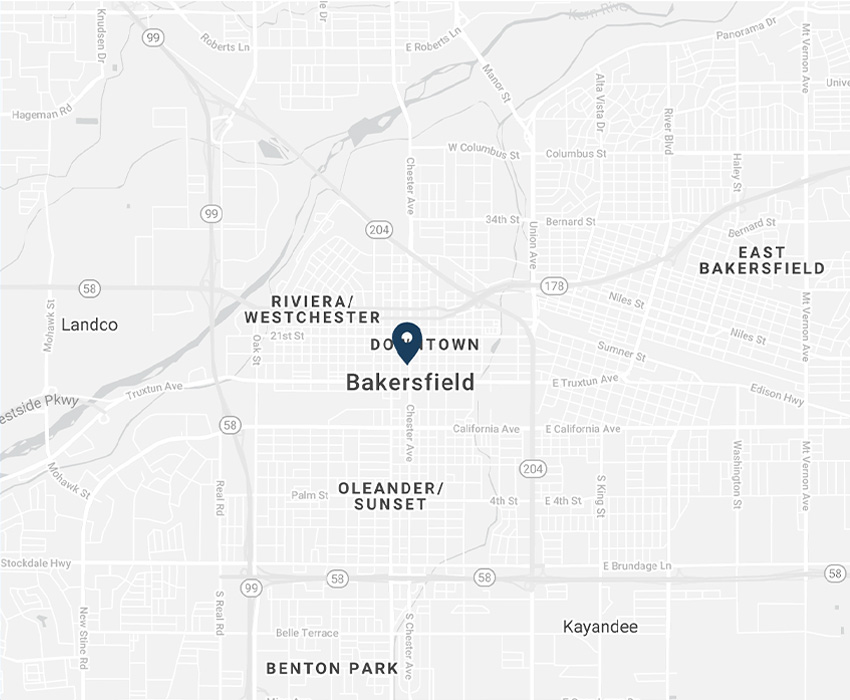Here are some more safety tips to protect your children and make sure they remain safe through the school year, courtesy of California Office of Traffic Safety and other local safety agencies.
Back to School: Tips for getting your students to campus safely
September 8, 2021 | Article by Chain | Cohn | Clark staff | Tips & Information Social Share

As students return to school, parents have a lot of concerns about potential dangers on their children’s campuses, but it’s important to pay attention to potential dangers on the way to school, too.
“As parents, it’s critical for us to really teach our kids to be safe, not only on campus, but also in getting to school, too, whether it’s on foot, bicycle, bus, or in a vehicle,” said David Cohn, managing partner at Chain | Cohn | Clark. “Drivers are not always going to see them, so it’s vital kids make sure they are keeping safety at the top of mind, all the time.”
Below are several safety tips for students and parents alike on how to get to school safe. But first, let’s talk about the problems we have in Kern County regarding driver and pedestrian safety:
No child should ever lose their life walking to or from school, but every year, these tragedies happen. In fact, more than 6,000 pedestrians die in motor vehicle collisions in the United States each year, according to the Centers for Disease Control & Prevention. That means that every 88 minutes, a pedestrian loses their life. A fatal accident is the worst-case scenario, but even when pedestrians survive, they may sustain severe, life-changing injuries.
A recent nationwide study — The “Dangerous by Design” study by Smart Growth America — lists Bakersfield as the No. 2 most dangerous metropolitan area in the United States to be a pedestrian. What makes Bakersfield so bad? The short answer is that our streets are designed primarily for the convenience of drivers, and not the safety of pedestrians. Learn more about Kern County’s pedestrian safety problem here.
Recently, the Bakersfield City Council approved pedestrian countdown timers for intersections several local intersections to help keep pedestrians safe when crossing the street. The timers will be added to 15 more intersections throughout Bakersfield which completes a 9-year project. They will go near high-volume areas, including schools and shopping centers. Once complete, a total of 436 intersections will have that safety feature. The timers will replace the existing “Walk-Don’t Walk” signals with a countdown timer, allowing pedestrians to better determine if they have enough time to safely cross the street.
===
PREPARE
- Always be on the lookout for children when traveling around schools, especially during pick-up and drop-off times.
- Map out a safe way for your children to walk to school or to the bus stop. Work with other parents in the neighborhood to ensure that children in the neighborhood are supervised closely to and from school
- Work with your neighbors and your child on identifying “safe houses,” or homes of neighbors who your child is familiar with if your child is scared or needs help on the way to and from school.
- Point out places they should avoid, such as vacant lots, alleyways, and construction areas.
- Encourage your children to use the “buddy system.”
- Teach your children to always be aware of their surroundings. Be aware of slow moving vehicles or parked vehicles that appear to be occupied. Choose a different route or walk on the opposite side of the street.
TO AND FROM SCHOOL
-
- Avoid distractions while driving like texting, talking on the phone, and eating.
- If your child takes the bus, remind them to line up away from the curb and look both ways when getting on or off the bus. Children need to pay attention to traffic signals and use crosswalks with a crossing guard if available.
- Know what to do around buses. Flashing yellow lights indicate the bus is preparing to stop and flashing red lights means stop. California law requires drivers in both directions to stop until the red lights are no longer flashing.
- Teach your children to make sure the bus driver can see them before walking in front of the bus, and to never walk behind a bus.
- If seat belts are available on the bus, buckle up. Don’t speak loudly or make loud noises that could distract the driver, and stay in your seat. Don’t put your head, arms or hands out the window.
- For bicyclists, always wear a helmet that is fitted and secured properly. Use hand signals when turning, and stay in the bike lane whenever possible.
DRIVERS
- When school bus red lights are flashing, there is no passing. Children are either entering or exiting the school bus when the red lights are flashing. You must stop from either direction until the children have safely crossed the street and the lights stop flashing.
- Yellow flashing lights on a school bus warn you to slow down and prepare to stop.
- Be alert and don’t be distracted when children are standing at a school bus stop. Children are often unpredictable and may dart out in front of traffic, not recognizing traffic hazards or risk.
- Slow down and use extra caution when pedestrians are present – especially in school zones, and before and after school.
BUS PASSENGERS / CHILDREN
- Arrive at the bus stop at least five minutes early and stand 10 feet away from the road.
- Do not let your child play running games, or push, or shove at the bus stop.
- If your child drops something near the bus, warn them to never, ever, pick it up. Instead, your child should tell the bus driver and wait for assistance to pick-up the dropped object. If a child bends over to pick up a dropped object, they might not be seen by the bus driver and could be hurt.
- Remind children to look to the right before they step off the bus. Drivers sometimes try to pass buses on the right.
- If children must cross the street to get to the bus, remind them to wait for the bus driver to signal it is safe to cross. Do not get on or off the school bus until the bus driver says it is safe to do so. If you miss the bus, do not run after it.
- When walking, practice good pedestrian behavior and walk on the sidewalk, if there is one. If there is no sidewalk, walk single file, facing traffic, and stay on the shoulder as far off the road as possible.
- Before crossing the street: Stop, look left, right and then left again. Cross at corners, crosswalks, or intersections wherever possible. This is where drivers expect to see pedestrians.
———
If you or someone you know is injured in an accident at the fault of someone else, or injured on the job no matter whose fault it is, contact the attorneys at Chain | Cohn | Clark by calling (661) 323-4000 or filling out a free consultation form, and learn more about our Bakersfield law firm.

